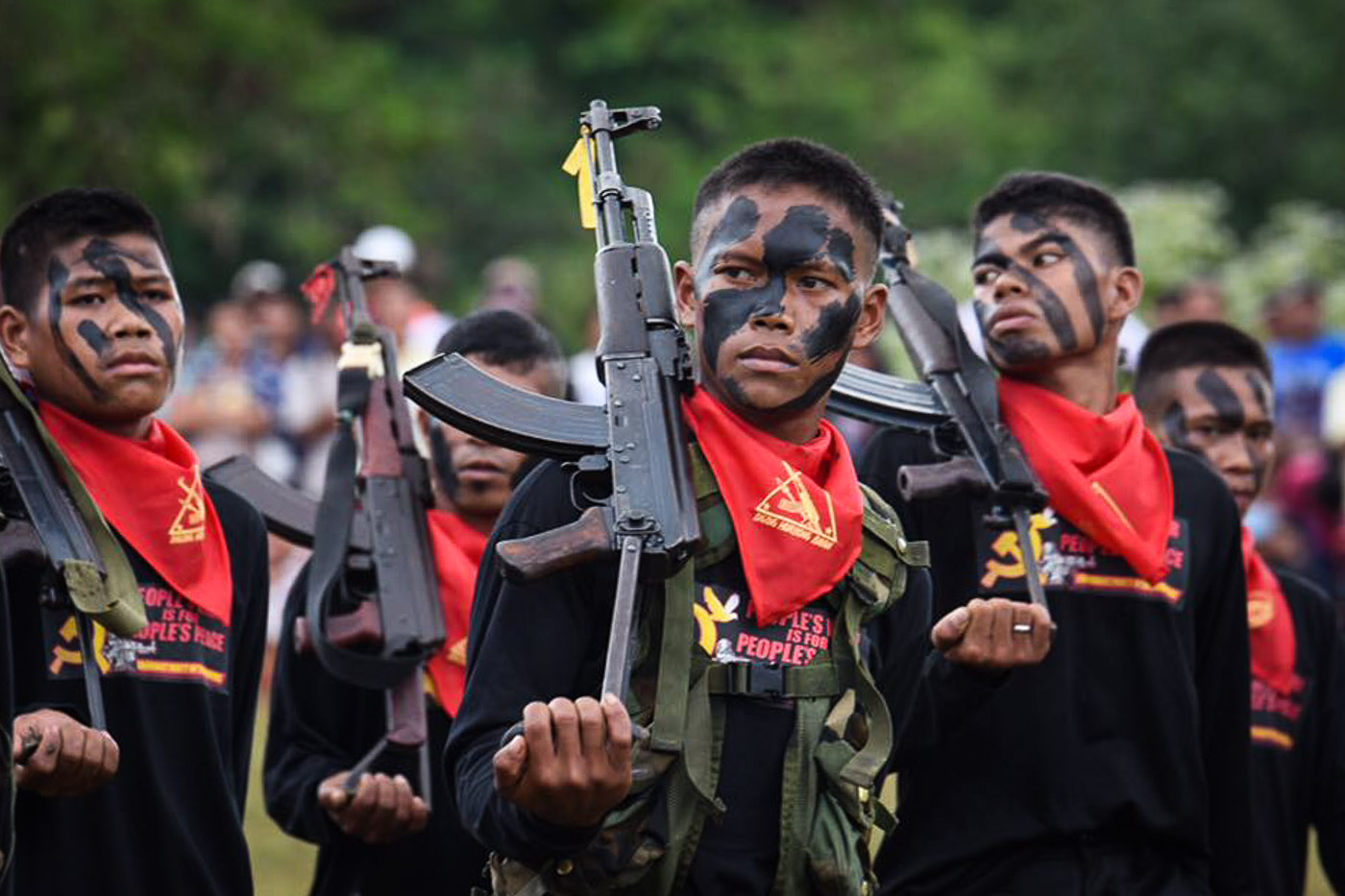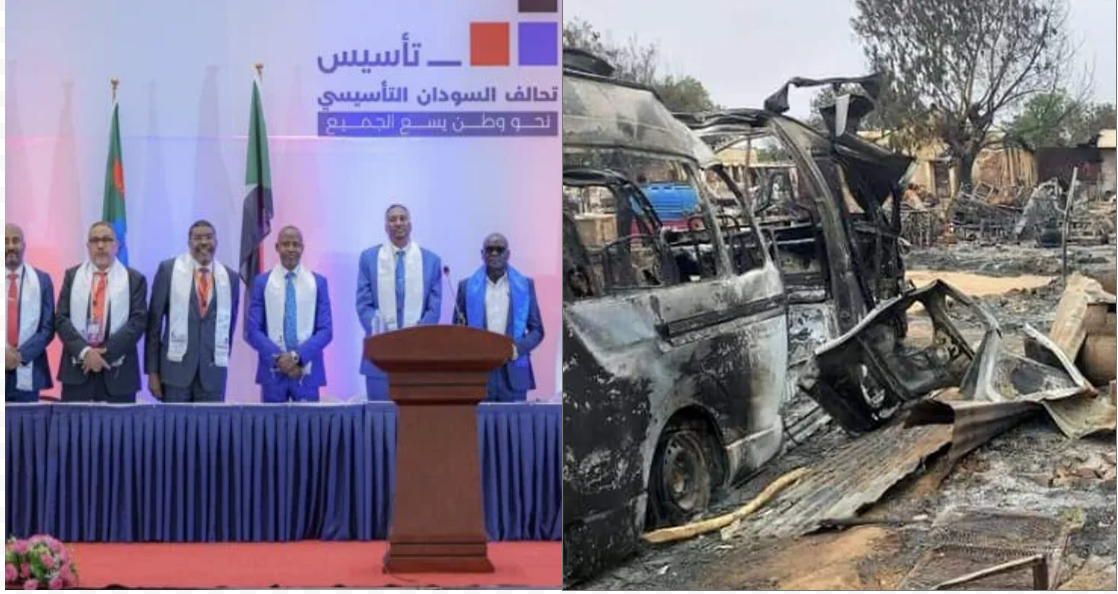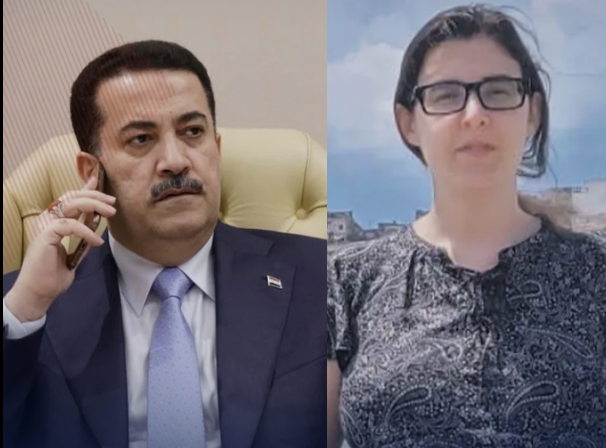
Inside Duterte’s Failed Response to the Philippines’ Communist Insurgency and the Appeal of New People’s Army among Indigenous Peoples
Inside Duterte’s Failed Response to the Philippines’ Communist Insurgency and the Appeal of New People’s Army among Indigenous Peoples
On December 7, 2020, following speculation in the news, the Philippines President Rodrigo Duterte finally announced that the government would not offer a holiday ceasefire—as is tradition for this time of year—to the New People’s Army (NPA), the armed wing of the Communist Party of the Philippines (CPP). Duterte’s announcement came during his weekly address to the nation on the government’s response to the COVID-19 pandemic, but Duterte went one step further by declaring that peace talks are “dead” and there would no longer be any ceasefires for the remainder of his presidency (abs-cbn.com, December 8, 2020).
The Promise of Peace
Despite the apparent conviction behind Duterte’s statement, the Duterte administration’s approach towards the NPA and the issue of Communism as a whole has been marked by variability and inconsistency. This reflects the complexity of Duterte’s own relationship with left-wing politics in the Philippines. He is a former student of CPP founder, Jose Maria Sison, who Duterte admitted played a pivotal role in the formation of his political views and led him to become a member of Kabataang Makabayan, a socialist youth organization that Sison also founded (inquirer.net, March 28, 2017). The influence of Duterte’s early exposure to socialism can also be seen in his partisan affiliation with Partido Demokratiko Pilipino–Lakas ng Bayan (PDP–Laban), which has its roots in the era of former Filipino President Ferdinand Marcos and was established through the convergence of key members of the political opposition, including Aquilino Pimentel Jr., and anti-authoritarian protest leaders, including Duterte himself.
Duterte’s personal relationships and political background placed him in a unique position to secure an end to the 50-year-long NPA insurgency. Indeed, Sison believed that if Duterte were elected, then peace could be achieved. Prior to his election in 2016, Duterte also made clear his intentions by promising to release political prisoners, including CPP leaders Wilma and Benito Tiamzo, and allow the return of Sison to the Philippines from his exile in the Netherlands (cnnphilippines.com, June 16, 2016).
During his time as Mayor of Davao in Mindanao, Duterte had also gained a reputation for bringing law and order to the city, which until recently was one of the worst affected by crime in the Philippines. It is likely Duterte wished to replicate this success with the Communist threat, especially as the surrounding region of Davao is an NPA stronghold.
Upon ascension to the presidency, in his first State of the Nation Address, Duterte announced a unilateral ceasefire and called on the Communist rebels to reciprocate (abs-cbn.com, July 25, 2016). The ceasefire was revoked after just five days, however, after the NPA failed to respond. Following a series of clashes, a ceasefire was finally agreed when Duterte released the Tiamzos. A few days later, the first round of peace talks was held in Oslo, Norway and for the first time ever, both sides agreed to an indefinite, unilateral ceasefire (abs-cbn.com, August 22, 2016; abs-cbn.com, February 04, 2017). Talks progressed, but were later hampered by the government’s refusal to release all political prisoners until a permanent ceasefire was signed. Finally, in February 2017, the process collapsed after the military blamed the NPA for the killings of two soldiers (abs-cbn.com, January 31, 2017).
However, for the first time in three years, on March 18, 2020 the government declared a ceasefire to free-up personnel to focus on combating the spread of the COVID-19 virus (rappler.com, March 18, 2020). Although initially hesitant, the CPP agreed to the ceasefire one week later (Inquirer.net, March 25, 2020). The ceasefire was short-lived though, as it failed to prevent continuing clashes. Duterte even threatened to impose martial law in response to an April 2020 NPA attack on soldiers distributing cash assistance to residents in Agusan del Sur as part of the government’s COVID-19 relief package (pna.gov, April 17, 2020; abs-cbn.com, April 24, 2020).
Since the return to hostilities, almost daily reports of NPA soldiers either captured, killed or capitulated have appeared, and in late 2020, the Armed Forces of the Philippines (AFP) and the government repeatedly stated that the NPA is on the verge of collapse (kalinawnews.com, November 18, 2020). Yet at the same time, National Security Adviser Hermogenes Esperon alleged that the NPA took advantage of the COVID-19 pandemic and became “the number one political security threat” according to the president (benarnews.org, October 28, 2020).
Duterte’s Anti-Communist Campaign
The government’s constant flip-flopping on its approach towards the Communist insurgency is a symptom of how politically motivated the issue has become. Since having made it a central part of his election campaign, Duterte has been under significant pressure to find a resolution to the conflict. After the ceasefire collapsed in March 2020, Duterte promised that where engagement had failed, more hardline measures would prevail instead. In early July, Duterte unilaterally declared the NPA a terrorist organization without following the necessary legal procedure, which requires gaining prior approval from the Department of Justice (Inquirer.net, July 9, 2020; Inquirer.net, July 9, 2020). One month later, Randall Enchalis, a peace consultant with the CPP’s political branch, the National Democratic Front of the Philippines (NDFP), was killed by agents who were widely assumed to have acted under the government’s direction (abs-cbn.com, August 11, 2020). This pattern continued through November 2020 with the deaths of two further NDFP peace consultants, as well as the arrest of a third, and then into December with the announcement that the NDFP-Mindanao spokesperson had been killed (sunstar.com, December 2, 2020; Inquirer.net, November 27, 2020; Inquirer.net, December 10, 2020).
Meanwhile, “red-tagging”, which refers to the labeling of someone as a Communist sympathizer for political gain, remained unchecked. Duterte has been accused of using red-tagging as a diversionary tactic to detract attention away from his government’s inadequate response to the COVID-19 pandemic (Inquirer.net, December 2, 2020). Blame has also been placed on the military for employing red-tagging as a means to exaggerate the threat of communism and the NPA-led insurgency and thereby increase military budgetary funding (Inquirer.net, December 3, 2020).
Red-tagging has become so common that, in November 2020, the Philippine Senate was forced to initiate an inquiry to address the problem. Far from rectifying the issue, however, the inquiry simply became an additional forum for red-tagging (Inquirer.net, November 24, 2020). In fact, while the inquiry was still ongoing, Duterte identified the Makabayan bloc, a coalition of leftist party-list political parties, as a CPP legal front (sunstar.com, November 30, 2020).
The Philippines’ indigenous peoples, which the Makabayan bloc seeks to represent through organizations like Katribu and Kalipunan ng mga Katutubong Mamamayan ng Pilipinas (KAMP), were also implicated in this fresh wave of red-tagging. Two days before Duterte’s announcement, the daughter of Representative Eufemia Campos Cullamat, whose party Bayan Muna is in the Makabayan bloc, was killed during a clash with the AFP. The military said that the daughter, Jevilyn, was a medic for the NPA’s youth propaganda wing (benarnews.org, November 30, 2020). Jevilyn and her mother are members of the Manobo ethnic minority group, which is among more than 20 different indigenous Austronesian ethnicities based in Mindanao and collectively referred to as Lumads.
Indigenous Peoples and Communism in the Philippines
The Duterte administration’s difficulty in finding an effective policy solution to the communist insurgency is not because of the conflict’s apparent intractability, but rather the government’s failure to address its underlying causes. This can be most clearly seen in the enduring appeal of militant Communism among the Philippines’ indigenous communities. The Lumads, for example, accounted for 70 percent of NPA fighters in 2019, according to the Senate Cultural Communities Committee (mb.com.ph, August 27, 2019). At one time, Lumads controlled land covering 17 of Mindanao’s 24 provinces. However, in response to government-sponsored in-migration of Visayan people from the middle islands of the country, Lumads were forced to retreat to the highlands and forests. Due to the loss of their lands and economic livelihoods, as well as their relative isolation from mainstream society, Lumads are now disproportionately affected by issues related to poverty and poor access to education.
Mindanao is often cited by the government as the last remaining NPA stronghold and therefore a key area of focus for the AFP’s counter-insurgency activities. Unfortunately for the AFP, the remoteness of areas inhabited by Lumads also makes them ideal hideouts for the Communist insurgents and means that Lumad civilians are frequently caught in the midst of conflict between the NPA and government forces. Such factors have made Lumads easy targets for NPA recruiters, and have only been exacerbated by the government’s aggressive attempts to combat NPA recruitment. For instance, 50 Lumad schools, which Duterte had previously threatened to bomb after declaring them to be NPA recruiting centers, were closed in 2017 (abs-cbn.com, July 24, 2017).
Lumad communities have been further destabilized due to the AFP’s sponsorship of Lumad paramilitary groups as a means of preventing the NPA infiltration of Lumad lands. One such group is the Magahat Baghani Force, which roughly translates to “tribal defense force” (thenewhumanitarian.org, April 28, 2016). Despite the name, in 2015 Magahat Baghani fighters were blamed for killing two Lumad schoolteachers and a tribal leader, and burning teacher’s cottages (mindanews.com, September 1, 2015; Inquirer.net, November 12, 2015). The attacks triggered mass evacuations of Lumads from surrounding areas and Magahat Baghani claimed that, in both cases, the schools were facilitating NPA recruitment. Indicative of the degree of power and autonomy afforded to Magahat Baghani by the military, an army battalion was camped only 100 meters away from the site in which the first Lumad schoolteachers’ killings occurred, but it made no attempt to intervene (thenewhumanitarian.org, April 28, 2016). The Magahat Baghani leader was alleged to have been killed by the NPA in October 2020 (Inquirer.net, October 5, 2020).
For similar reasons to the Lumads, several other Philippines’ indigenous peoples have become embroiled in the conflict between the NPA and the government. Recently, Aeta communities in Zambales have been particularly affected. Aeta is another collective term for a group of ethnicities indigenous to the island of Luzon in the northern Philippines. In August 2020, clashes between the military and the NPA displaced up to 200 Aeta families, after which five Aetas were detained on suspicion of being NPA members (Inquirer.net, August 24, 2020). During this conflict period, government soldiers were accused of mistreating Aeta community members and forcing them to eat human excrement (abs-cbn.com, September 1, 2020). Two Aetas were also the first people to be charged under the controversial Anti-Terrorism Act after they were accused of killing a soldier in the August 2020 clashes (Inquirer.net, November 18, 2020; philstar.com, August 23, 2020). While under military custody, the two were alleged to have suffered ‘horrendous’ torture, including being threatened with execution (abs-cbn.com, November 20, 2020).
Another indigenous group to be affected by the Communist insurgency is the Tumanduk (also known as Suludnon), who are an alliance of 17 indigenous communities in Panay Islands. In December 2020, nine residents of remote Tumanduk villages were killed in a joint police and military operation and at least 17 other people from nearby villages were arrested. The Philippine National Police (PNP) claimed that those killed were NPA members who resisted when officers served search warrants for the illegal possession of firearms, ammunition and explosives (Inquirer.net, December 30, 2020). Also in December 2020, four members of the Mangyan tribe in Oriental Mindoro, who were alleged leaders of an NPA unit operating on the island, surrendered to the military (Inquirer.net, December 30, 2020).
Conclusion
The Duterte administration’s lack of a clear strategy when it comes to resolving the Communist insurgency, as well as its failure to address the conflict’s underlying causes, present significant obstacles to the government’s goal of securing peace by the end of Duterte’s term in 2022 (Inquirer.net, October 13, 2019). Already the military are managing expectations by claiming that only central and northern Luzon will be Communist-free by 2022 (philstar.com, December 23, 2020). The government further backed itself into a corner when the Anti-Terrorism Council (ATC) formally declared the CPP and the NPA a terrorist organization on December 25, 2020 (Inquirer.net, December 25, 2020). Both legally and from a political perspective, this makes it difficult for Duterte to resume negotiations with the CPP-NDFP-NPA in the future. Shortly after the ATC’s declaration, for example, the NPA announced that it would revive urban hit squads to attack “enemy units and officers who have committed bloody crimes against the people” (benarnews.org, January 4). For a president who many thought was best placed to deal with the Communists, a negotiated settlement to the conflict now seems further off than it did at the beginning of Duterte’s term.


